Imagine you are at work chatting with a co-worker in the canteen over a cup of coffee you may also have treated yourself to a cake. Now imagine a strange look comes across your co-worker’s face as they collapse. You recall attending a Restart a Heart Day, first aid or a similar course and it all comes flooding back the steps to take so you spring into action. You shout for someone to call 911 you check for a response and breathing. You detect neither and as you begin CPR you suddenly remember… the AED! You shout for someone to get the AED that has been mounted in the hallway of the building for years now. The AED is retrieved; you open the case, try to turn the device on and… nothing. To your horror, you realise that the batteries are dead!
An (AED) can be a lifesaving tool but can be useless if not maintained. AED maintenance is imperative to keeping your device functioning properly. Follow these rules and, chances are, you and your AED will be ready to save a life.
1 . Pads and Batteries do have a shelf live
Even if your Defibrillator has never been used both Pads and batteries expire and will need replacing. Depending on your model typical shelf lives are between 2-5 years – your user manual will clarify this.
2 . Pads are only single use
If you are in a position where you have to use your AED please note all Pads are only single use and you will have a get a new set even if your AED comes with a spare set it is recommended to always have 2 sets of Pads.
3 . Disposal of expired AED Batteries
Batteries should be disposed of safely – not in normal household waste. Many supermarkets have a used battery collection point. If you are unsure your local council can provide advice on safe disposal of batteries within your area.
4 . Check the status / service indicator light
Defibrillators will run a self-test depending on your model either daily, weekly, or a monthly basis. Most Defibrillators will have a display which will indicate if a test has failed, however some simply do this with the use of a green or red light. Defibrillators also run through a self-test when switched on prior to being used. If a defibrillator fails a self-test it must be looked at immediately by an engineer. You should keep an accurate record that you are inspecting your defibrillator and checking expiry dates regularly i.e daily, once per week depending on the policies in your setting.
5 . Inspect exterior components and sockets for cracks
When you do your checks of the defibrillator’s expiry dates as per above it is also advised to have a visual inspection of the general condition of the AED itself. Inspect it for any exterior cracks or damage. If there is any fault again this must be looked at immediately by an engineer.
6 . Place your AED in a visible and unobstructed location
It may sound obvious but hiding your valuable AED in a corner or stowing it in an office drawer is not going to do anyone any good. While it may be tempting to keep your expensive medical equipment “out of harm’s way,” it’s far more important to make sure your AED is visible. Where should you place your AED? Where people will see it and be able to access it quickly in the event of an emergency. Your AED cabinet should be mounted in an unobstructed area, 48 inches above the floor, to ensure that anyone can access it in the event of an emergency. Make sure that your employees can reach and remove the AED with one hand to minimize response time.
7 . Refer to the manufacturer manual for more information and proper maintenance procedures for your device.
Written by Danielle Anderson (ECG Clinical Development Manager), Wednesday 21st October 2020













